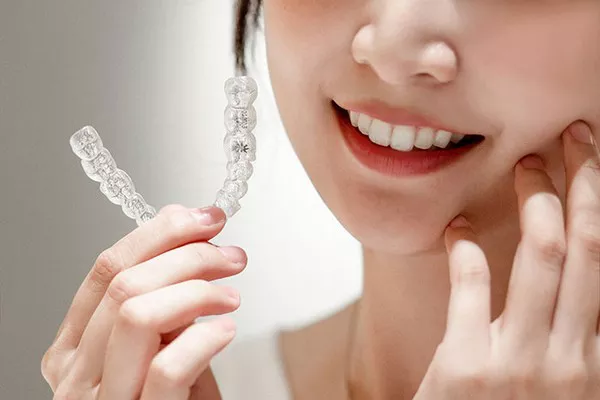Whitening strips have gained popularity as a convenient and relatively affordable option for achieving a brighter and more radiant smile. These thin, flexible strips are coated with a peroxide-based gel that helps lighten teeth by removing surface stains. While whitening strips can be effective, questions often arise about the appropriate frequency of their use. In this article, we will explore the factors that influence the usage of whitening strips, the potential risks of overuse, and recommendations for achieving optimal results while maintaining oral health.
Understanding Whitening Strips
Whitening strips are designed to address extrinsic stains on teeth, which are caused by factors like coffee, tea, red wine, and tobacco use. They provide a non-invasive method of teeth whitening that can be easily incorporated into one’s daily routine. Whitening strips work by applying a peroxide-based gel to the teeth, allowing the active ingredients to penetrate the enamel and break down stains.
Factors Influencing Whitening Strip Usage
Peroxide Concentration: Different whitening strips come with varying concentrations of peroxide. Strips with higher peroxide levels are often designed for shorter usage periods, while those with lower concentrations can be used over a longer period.
Teeth Sensitivity: Some individuals may experience teeth sensitivity during or after using whitening strips. The frequency of usage may be adjusted based on how well a person’s teeth tolerate the treatment.
Initial Stain Severity: The extent of staining on the teeth plays a role in determining how often whitening strips should be used. Those with significant staining might initially need more frequent usage.
Desired Whitening Level: Individuals aiming for a specific level of whitening will adjust their usage accordingly. Once the desired shade is achieved, maintenance may require less frequent usage.
Recommended Usage Guidelines
The American Dental Association (ADA) offers general guidelines for the usage of whitening products, including whitening strips. However, it’s important to note that individual recommendations may vary based on the specific brand of whitening strips and their peroxide concentration. Consulting with a dental professional before starting any whitening regimen is advisable.
Read the Instructions: Carefully read and follow the instructions provided by the manufacturer of the whitening strips. Each product may have unique recommendations.
Start Gradually: If you are new to whitening strips, start with a lower frequency of usage to gauge your teeth’s sensitivity and your body’s response.
Monitor Sensitivity: If you experience tooth sensitivity or gum irritation, reduce the frequency of usage or take a break for a few days.
Avoid Overuse: While the desire for quick results is understandable, overusing whitening strips can lead to increased sensitivity and potential damage to tooth enamel.
Consider Professional Advice: If you’re unsure about the appropriate frequency of usage, consult your dentist or dental hygienist. They can provide personalized recommendations based on your oral health and goals.
Potential Risks of Overuse
Using whitening strips excessively or not following the manufacturer’s instructions can lead to several potential risks:
Teeth Sensitivity: Overuse can cause heightened tooth sensitivity, making it uncomfortable to consume hot, cold, or sweet foods and beverages.
Gum Irritation: The peroxide gel on whitening strips may irritate the gums if used excessively or not applied correctly.
Enamel Damage: Overuse of whitening products can potentially weaken tooth enamel, making teeth more vulnerable to damage.
Uneven Results: Using whitening strips more frequently than recommended can lead to uneven whitening results.
Conclusion
Whitening strips offer a convenient way to achieve a brighter smile by addressing extrinsic stains on teeth. The frequency of whitening strip usage depends on factors such as the peroxide concentration, initial stain severity, desired whitening level, and teeth sensitivity. It’s important to read and follow the manufacturer’s instructions, start gradually, and monitor your teeth’s response to the treatment. Overusing whitening strips can lead to tooth sensitivity, gum irritation, enamel damage, and uneven results. Consulting a dental professional for personalized recommendations is advised. By using whitening strips responsibly and in moderation, individuals can achieve optimal results while maintaining their oral health and the integrity of their teeth.
Related Topics:




























